Tracking your SEO metrics isn’t just a one-time gig; it’s a constant hustle to stay ahead in this competitive landscape. When performance dips or skyrockets, knowing exactly what moved the needle is imperative. Dive right into this article, where we’ll break down eight robust methods to track your SEO metrics like a pro:
- Spot-check Keyword Rankings
- Monitor Organic Traffic
- Gauge Page Speed
- Analyze Backlink Profile
- Scrutinize User Behavior
- Assess Conversion Rates
- Examine Mobile Responsiveness
- Evaluate Content Engagement 📈

Whether you’re a seasoned SEO expert or just getting your feet wet, these strategies will not only measure your success but also provide actionable insights to fine-tune your approach. 🛠️ Use real-time data to adjust your SEO strategy, pivot when needed, and double down on what works. Make sure to also leverage the Plerdy tool, which excels in Conversion Rate Optimization (CRO) and User Experience (UX), to complement your SEO efforts and optimize your site to the fullest. 🚀 Now, roll up your sleeves and delve into these 8 powerful ways to keep tabs on your SEO metrics. Happy tracking!
What is SEO tracking?
In the bustling ecosystem of digital marketing, SEO tracking stands out as the linchpin for assessing performance and implementing improvements. Essentially, SEO tracking is the meticulous monitoring of various metrics to gauge the effectiveness of your search engine optimization strategies. From keyword rankings and backlink profiles to page load times and click-through rates, SEO tracking offers a panoramic view of how well your web content resonates with both search engines and users.
In specific niches like e-commerce, you can track the page performance of product listings, dig into customer reviews, and even analyze cart abandonment rates to optimize SEO. In the healthcare sector, tracking user behavior on informative articles and symptom checkers can provide valuable insights.
Here’s what you typically track in an SEO campaign:
- Keyword Rankings: Observe how your targeted keywords perform in search engine results.
- Backlink Profile: Keep tabs on the quality and quantity of inbound links to your website.
- User Behavior Metrics: Examine metrics like bounce rate, session duration, and page views.
- Click-Through Rate (CTR): Calculate the percentage of search engine visitors who click on your website.
- Page Load Time: A slow-loading page can turn off users and negatively impact SEO. Track this to ensure optimal performance.
Harness comprehensive tools like Google Analytics, SEMrush, or Ahrefs to collate and analyze this data. Spot trends, identify setbacks, and pivot your strategy accordingly. SEO tracking enables you to refine your digital marketing blueprint, making sure you continually hit the mark in search engine rankings and user engagement. With targeted tracking, you can fine-tune your approach and seize opportunities in your specific niche.
Importance of Tracking SEO Progress
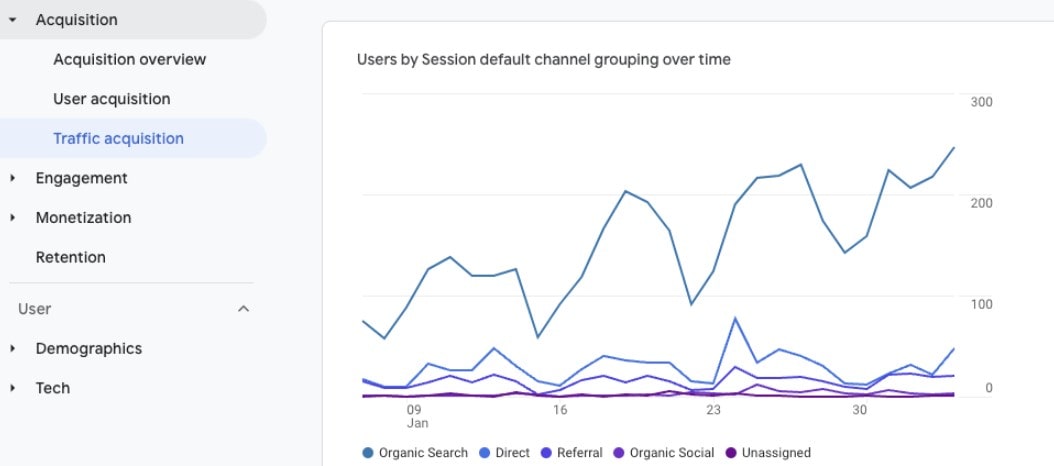
The paramountcy of tracking SEO progress is often likened to a fitness regimen. You wouldn’t spend weeks at the gym without stepping on a scale or measuring muscle growth. In the same vein, ongoing SEO tracking provides the actionable metrics you need to sculpt a peak-performing website. It deciphers your website’s narrative by parsing data points, offering insights into what’s pulling in traffic and what’s dragging you down.
For instance, in the travel industry, tracking page views on destination guides can divulge not just popular locations, but also seasonal trends. In the education sector, keeping an eye on bounce rates on e-course landing pages can help you tweak content for increased engagement.
Monitoring these key aspects is vital:
- Traffic Sources: Gauge the channels driving the most traffic—be it organic, social, or referral.
- SERP Positioning: Your spot on the Search Engine Results Page is paramount; track any fluctuations keenly.
- Engagement Metrics: Page views, time on site, and social shares are clear indicators of how well you’re engaging your audience.
- Conversion Rates: Monitor the number of users taking the desired action—whether it’s purchasing a product or signing up for a newsletter.
- Mobile Performance: In an increasingly mobile landscape, track how your site performs on these smaller screens.
Tools like Moz or Google Search Console help you crunch these numbers, but human interpretation turns that data into strategy. By tracking SEO KPIs, you glean actionable insights, enabling iterative improvements that refine your web architecture, content strategy, and user experience. With meticulous tracking, staying ahead of SEO pitfalls and tapping into fresh opportunities becomes a streamlined operation.
Overview of the 8 Methods of Tracking SEO Progress
Tracking SEO progress isn’t a one-size-fits-all endeavor; it’s a multifaceted operation that requires a diverse array of metrics and methods. Whether you’re in the restaurant business scrutinizing menu page interactions or a tech blogger assessing engagement on your latest gadget review, here’s an overview of eight indispensable methods for tracking your SEO performance:
- Organic Traffic: Monitor the influx of users who find you through unpaid search results. This metric is a key indicator of the efficiency of your SEO efforts.
- Page Indexing: Check how many search engines index your site’s pages. Insufficient indexing can flag issues in your site architecture.
- Keyword Performance: Examine how specific keywords stack up in SERPs and track the traffic they generate.
- Click-Through Rates (CTR): Evaluate the percentage of searchers who end up clicking your site after seeing it in the SERP.
- Conversion Metrics: Track completed goals like sales, sign-ups, or other desired user actions to measure the business impact.
- User Experience (UX) Metrics: Consider factors like page load speed, mobile responsiveness, and site usability to improve both SEO and user satisfaction.
- Inbound Links: Review the quantity and caliber of links that lead to your website. High-quality inbound links can boost your site’s authority and SERP performance.
- Content Analytics: Keep tabs on how well your content performs by tracking metrics like time spent on page, bounce rates, and social shares.
For instance, if you run a local gym, monitoring the page views on your “Membership Plans” page can offer insights into customer interest levels. On the other hand, analyzing conversion rates on your “Investment Tips” blog entries can direct your content optimization strategies if you work in the financial industry.
These methods, coupled with industry-standard tools like Google Analytics or Adobe Analytics, equip you with the knowledge to refine your SEO approach and exceed your performance goals. In essence, meticulous SEO tracking lays the groundwork for result-driven digital marketing.
Google Analytics to Track SEO Progress
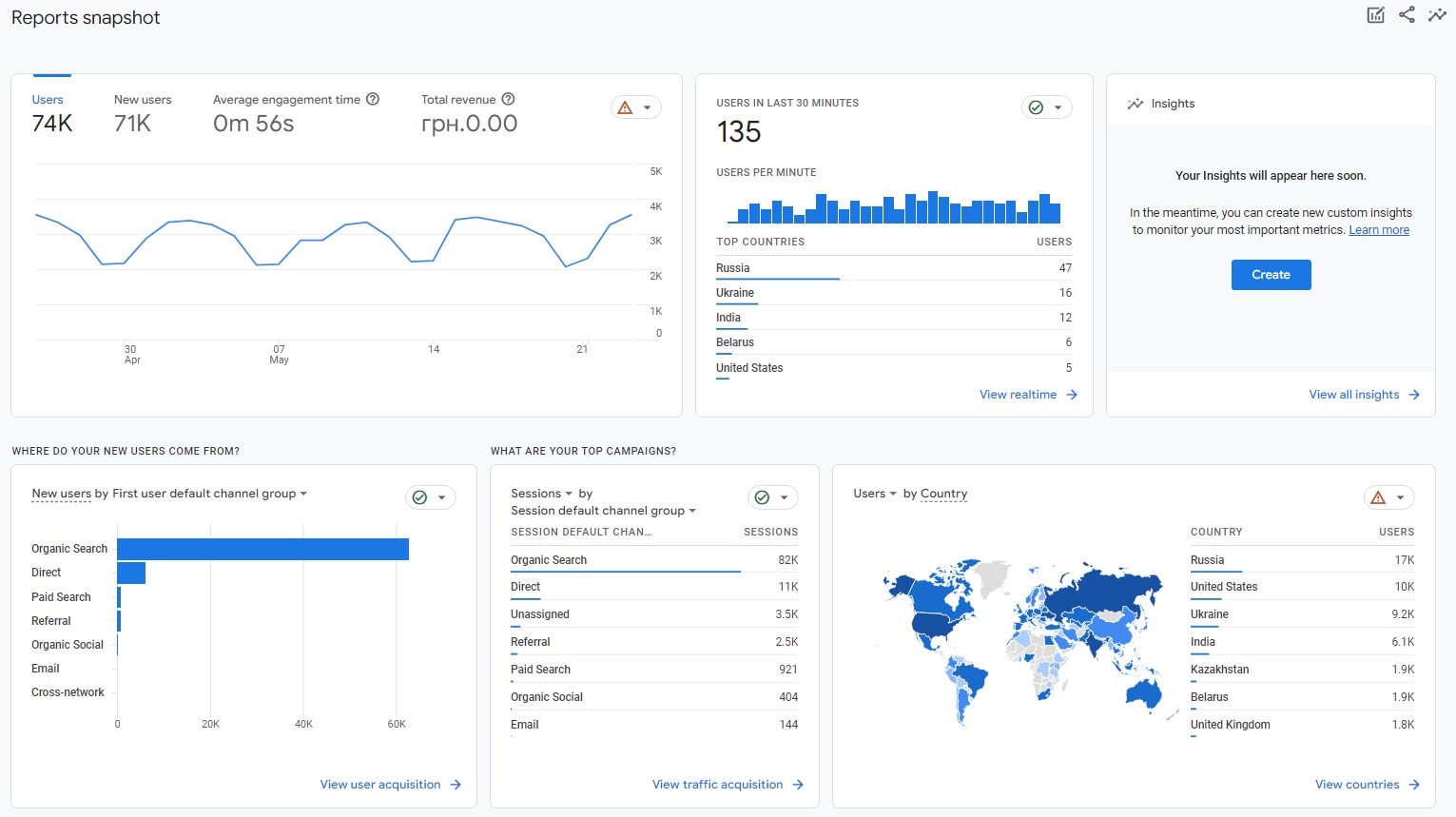
When it comes to tracking SEO metrics and website performance, Google Analytics remains the go-to platform for marketers and website owners alike. This robust tool breaks down intricate data into understandable insights, letting you dissect every nuance of your site’s engagement, traffic, and overall health. Whether you’re a SaaS provider scrutinizing user interactions with your software suite or a fashion retailer analyzing cart abandonment, Google Analytics delivers.
Here’s what you can master through Google Analytics:
- Audience Demographics: Pinpoint the age, location, and interests of your visitors to tailor future SEO and marketing strategies.
- Acquisition Channels: Determine which sources—organic, sponsored, or referral—drive the most valuable site visitors.
- User Behavior Flow: Trace how users navigate through your site, identifying pages that act as bottlenecks or conversion hotspots.
- Event Tracking: Monitor specific actions users take on your site, such as downloading a PDF or clicking a call-to-action button.
- Bounce Rate and Exit Pages: Identify the pages where users frequently leave your site and examine the factors contributing to these exits.
- Page Timings: Assess the loading speed of various pages to optimize for better SEO and user experience.
For example, a local bakery might use Google Analytics to track which recipe blog posts attract the most backlinks or social shares, informing future content initiatives. Instead, an auto dealership may utilize event tracking to see how many people click on the “Schedule a Test Drive” button to understand consumer intent.
The platform’s flexibility extends from individual freelancers to multinational corporations. Armed with Google Analytics, you don’t just skim the surface of SEO tracking—you dive deep into a treasure trove of data, empowering you to refine your strategies, troubleshoot issues, and ultimately amplify your digital success.
Google Search Console to Track SEO Progress

Google Search Console serves as the control center for website owners eager to optimize for search engine performance. This specialized dashboard brings the metrics that matter right to your fingertips, supplying a wealth of data to evaluate and improve your SEO. Whether you’re a podcast platform keen to track engagement on your episode list or a real estate agency aiming to push property listings to the top of the SERPs, Google Search Console makes it happen.
Key features for in-depth analysis include:
- Performance Report: Break down vital metrics like clicks, impressions, and average position, enabling you to pinpoint areas for improvement.
- URL Inspection: Examine individual URLs to uncover issues affecting your SEO. From indexing status to canonical tags, get the full lowdown.
- Coverage Report: Monitor your site’s indexed pages and troubleshoot errors that can potentially deter search engine crawlers.
- Sitemaps: Submit and verify your sitemap to help search engines better crawl and understand the structure of your website.
- Mobile Usability: Assess how well your site performs on mobile devices, a crucial factor given the rise in mobile browsing.
- Internal and External Links: Keep tabs on your site’s linking profile, crucial for establishing domain authority and credibility.
Let’s say you run a gym, and you’ve recently added a blog section to your site. With Google Search Console, you can track how well your fitness tips and workout plans perform in search results, and then refine your content strategy accordingly. Or, consider an online apparel shop; the tool will let you track the number of clicks on various product pages, equipping you with insights to optimize your inventory showcasing strategies.
By demystifying complex SEO data, Google Search Console empowers you to enact targeted improvements, uncover hidden opportunities, and resolve nagging issues. It serves as the impetus for creating a digital footprint that appeals to your target market and search engines alike.
Keyword Tracking Tools for SEO Progress
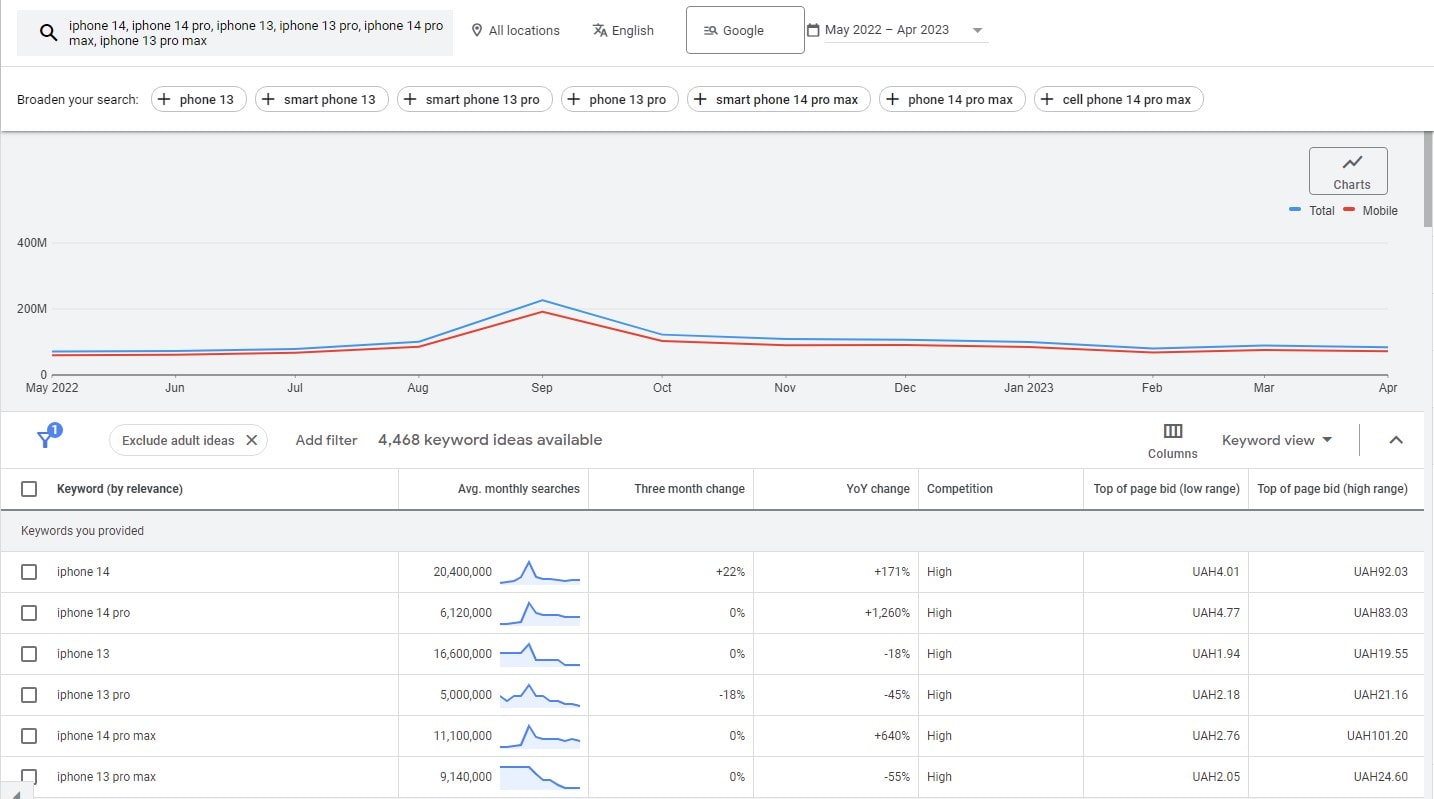
Navigating the ocean of keyword data? Anchor your SEO strategy with keyword tracking tools, your indispensable guide to search engine success. These platforms offer real-time insights, allowing you to finesse your keyword performance, whether you’re a gardening blog focused on organic produce or a dental clinic vying for top slots in local search.
Here’s the lowdown on what keyword tracking tools offer:
- Position Tracking: Pinpoint exactly where your keywords rank in search engine results, giving you a clear understanding of your standing in the competitive landscape.
- Competitor Analysis: Peer into your rivals’ keyword portfolios, thus unearthing opportunities to outmaneuver them in the SERPs.
- Local SEO Tracking: Break down keyword performance by geographic regions, invaluable for businesses aiming to conquer local markets.
- Volume and Trend Analysis: Gauge the search volume and seasonal trends related to your keywords, informing data-driven adjustments to your strategy.
- Keyword Difficulty: Evaluate how tough the competition is for certain keywords, helping you choose battles you can actually win.
An online pet supply company may track “organic dog food” or “cat scratching posts,” determining page rank and buyer intent. Meanwhile, a travel agency might keep an eye on fluctuating search volumes for terms like “best tropical getaways” or “budget-friendly hostels,” enabling them to pivot their content or PPC campaigns accordingly.
Put simply, keyword tracking tools act as your SEO compass, offering a 360-degree view of the landscape. With this data, you can refine your content, recalibrate your advertising spend, and redouble efforts on underperforming keywords. Consider these platforms your roadmap to dominating digital terrain, steering your SEO campaign with precision and poise.
On-page SEO Audits to Track SEO Progress
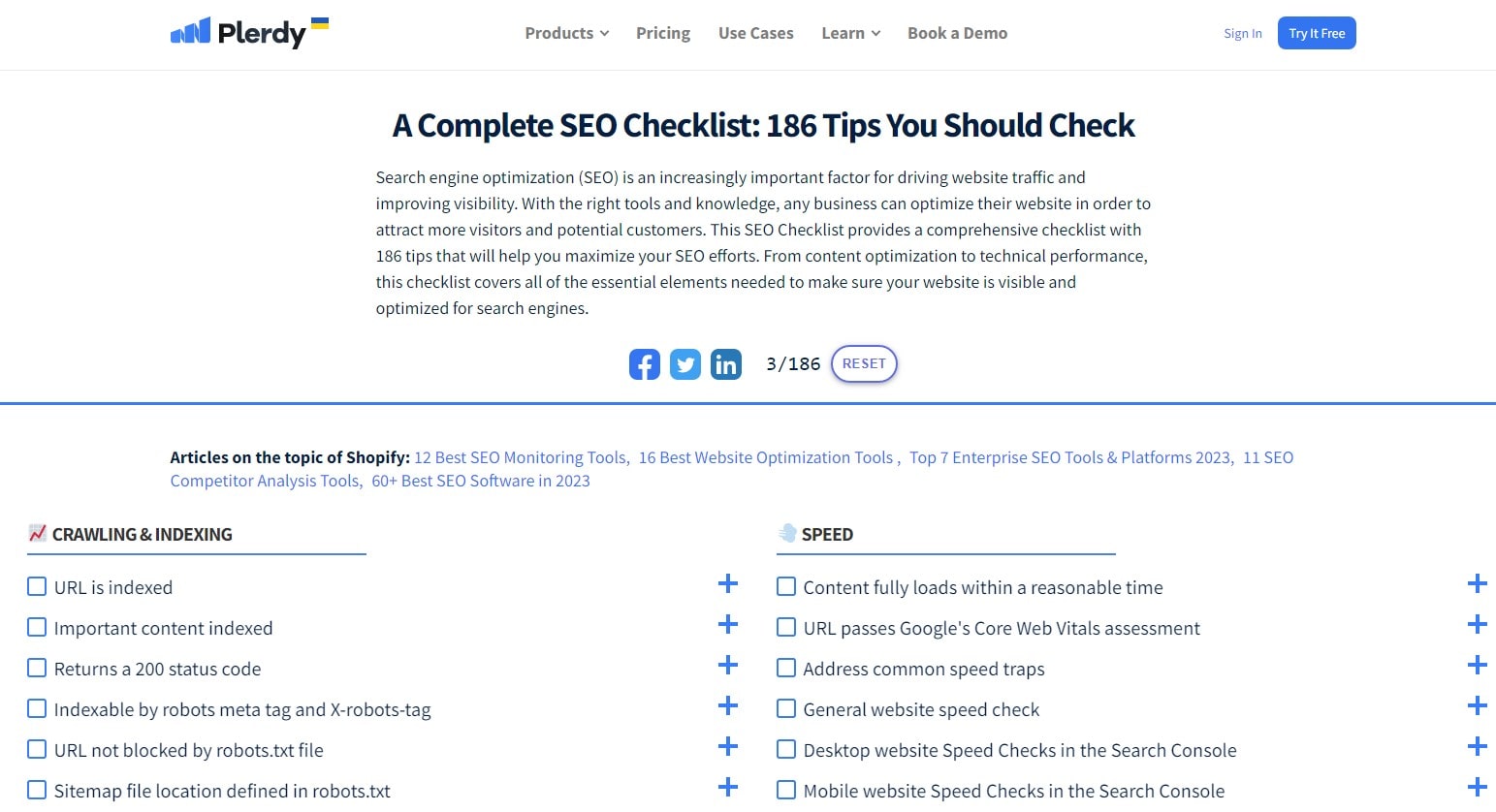
Mastering the art of SEO doesn’t stop at backlinks and keyword strategies; it dives deep into the anatomy of your webpages. On-page SEO audits serve as diagnostic tests for your site, pinpointing strengths and weaknesses with surgical precision. Whether you’re a niche tech blog dissecting the latest gadgets or a luxury brand showcasing curated products, these audits help polish your page elements for optimal performance.
Critical components to zero in on during an on-page SEO audit include:
- Meta Descriptions and Titles: Ensure these are both compelling and keyword-rich to capture clicks and favor with search engines.
- Header Tags: Audit your H1s through H6s, making sure they’re structured to enhance readability and keyword focus.
- Image Alt Text: Don’t neglect this. Search engines can’t “see” images; alt text informs them about the content of your visuals.
- URL Structure: Simplify URLs to include targeted keywords and eliminate any convoluted strings or unnecessary characters.
- Internal Linking: Strengthen the link architecture within your site to guide both users and search engine crawlers effortlessly.
- Content Quality: Evaluate the relevance, depth, and uniqueness of the content, as these factors weigh heavily in search rankings.
Take a health food blog as an example. An on-page SEO audit could unveil that although you’ve optimized for keywords like “gluten-free recipes,” your meta descriptions are lackluster or non-existent, costing you crucial clicks. Or perhaps a local gym’s webpage has an excellent backlink profile but misses the mark on internal linking, making it difficult for visitors to navigate to their class schedules or sign-up pages.
On-page SEO audits offer more than just a checklist; they provide actionable insights. By tracking these essential metrics and making iterative adjustments, you shape a website that’s not just search engine-friendly but also maximizes user experience. Count on these audits to be your roadmap, driving your pages toward unrivaled search excellence.
Backlink Analysis to Track SEO Progress
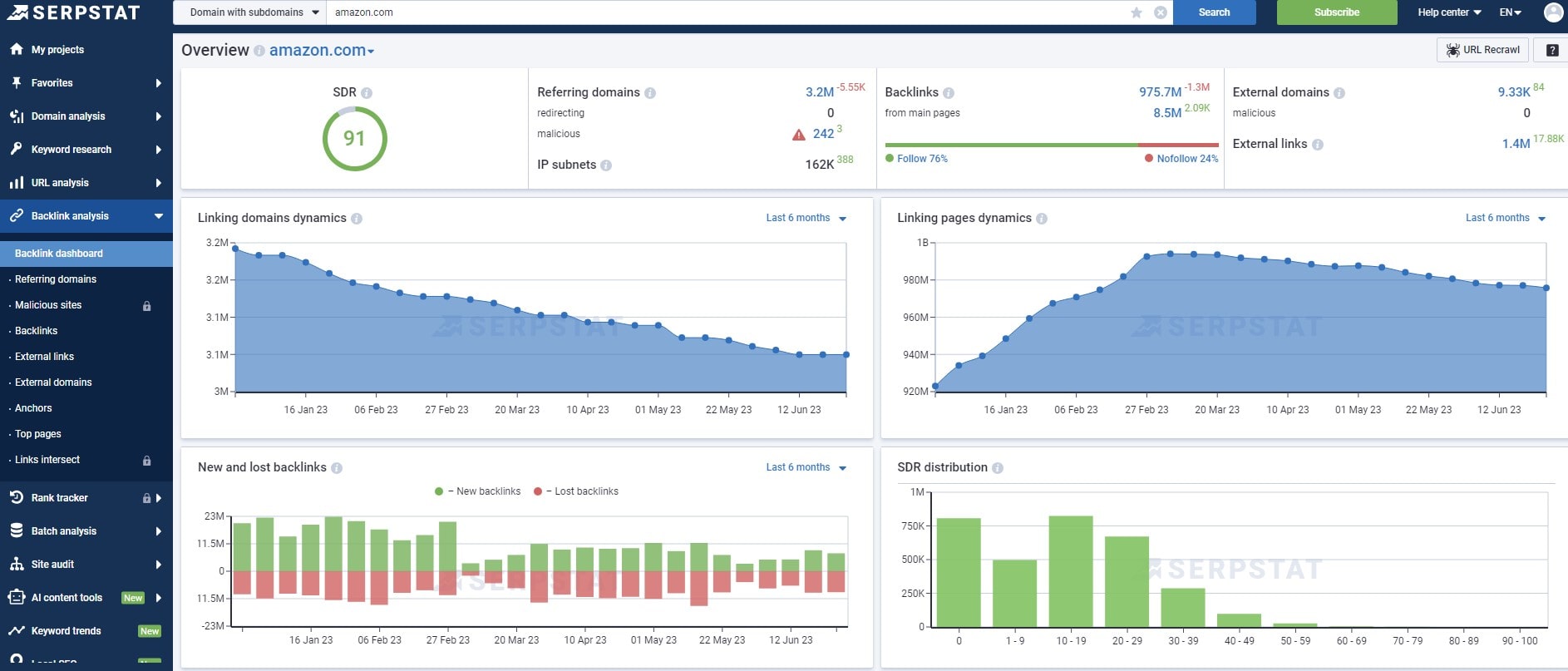
Nail down the prowess of your SEO strategy by diving into the granular details of backlink analysis. This approach doesn’t merely skim the surface but gets down to the nitty-gritty, dissecting the quality, relevance, and diversity of links pointing to your page. For instance, an e-commerce site specializing in vintage apparel could gain immense traction by securing backlinks from well-known fashion blogs, while a home improvement company would benefit more from inbound links from reputable DIY forums or home decor magazines.
Key focal points for backlink analysis include:
- Link Quality: Evaluate the authority of the websites linking to you. A nod from a respected site carries more weight than a dozen from subpar sites.
- Anchor Text: Keep tabs on the text used for these inbound links to ensure they align with your targeted keywords.
- Dofollow vs. Nofollow: The goal is balance. A mix of dofollow and nofollow links gives your profile credibility.
- Link Diversity: Variety spices up your backlink portfolio. Seek a broad range of links from different domains and content types.
- Geographic Origin: Pay attention to where your backlinks come from geographically to target your audience more effectively.
Consider the case of an up-and-coming indie band. Securing backlinks from music review sites, artist portfolios, and entertainment news outlets can skyrocket their online visibility. But if a sudden influx of low-quality links from unrelated sources starts to accumulate, a thorough backlink analysis would catch this anomaly before it tarnishes the site’s SEO standing.
In the journey to SEO excellence, tracking backlinks isn’t just a pit stop—it’s a crucial maintenance check. By analyzing the nuance behind every link, you fine-tune your strategy, adjust your sails, and navigate through the rough seas of search engine algorithms. With backlink analysis, you’re not just on the map; you’re steering the ship.
Page Speed Insights to Track SEO Progress
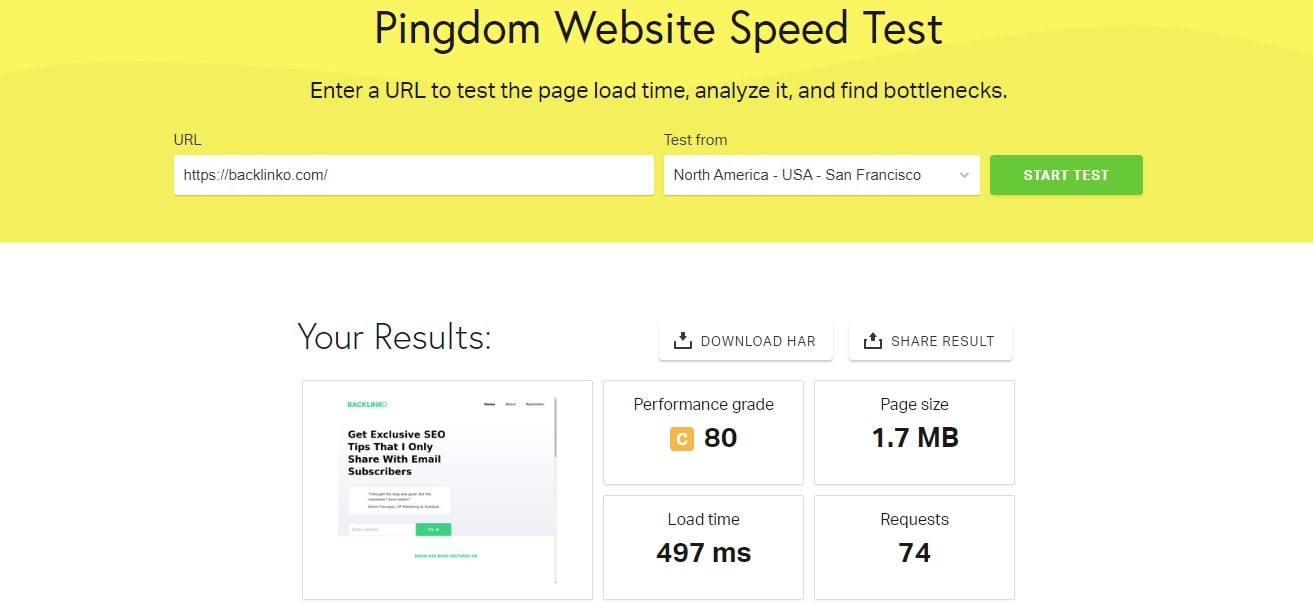
Rev up your SEO efforts by zeroing in on Page Speed Insights. This SEO diagnostic tool doesn’t just scratch the surface; it delves deep to analyze how quickly your page loads and offers actionable recommendations. For instance, a food blog laden with high-resolution images could shave seconds off load times by optimizing those pictures, while a video-heavy tech review site might focus on lazy loading techniques to improve user experience.
Essential metrics to focus on include:
- First Contentful Paint (FCP): Measures the first content display time. Target a lightning-fast FCP to grab user attention immediately.
- Largest Contentful Paint (LCP): The point at which the page’s main content has likely loaded; crucial for gauging user satisfaction.
- Cumulative Layout Shift (CLS): Evaluates visual stability. High CLS can make your site appear untrustworthy due to jumpy layout changes.
- First Input Delay (FID): Keeps tabs on the time it takes for your site to become interactive. A snappy FID gives users the freedom to engage without hang-ups.
- Time to Interactive (TTI): The point when a page becomes fully interactive, including background tasks. A lower TTI signals a more fluid user experience.
Take, for instance, an online art gallery. An elevated FCP and LCP could drastically cut bounce rates, retaining potential buyers’ interest long enough for them to appreciate—and invest in—your curated pieces. Conversely, a local news outlet might prioritize low CLS and TTI to ensure seamless ad display and audience retention.
Gone are the days of crossing your fingers and hoping for the best. With Page Speed Insights, you can fine-tune your strategies, roll up your sleeves, and sculpt your SEO landscape to near perfection. Time is of the essence, and every millisecond counts in clinching that coveted search engine ranking.
Mobile-Friendliness Tests to Track SEO Progress
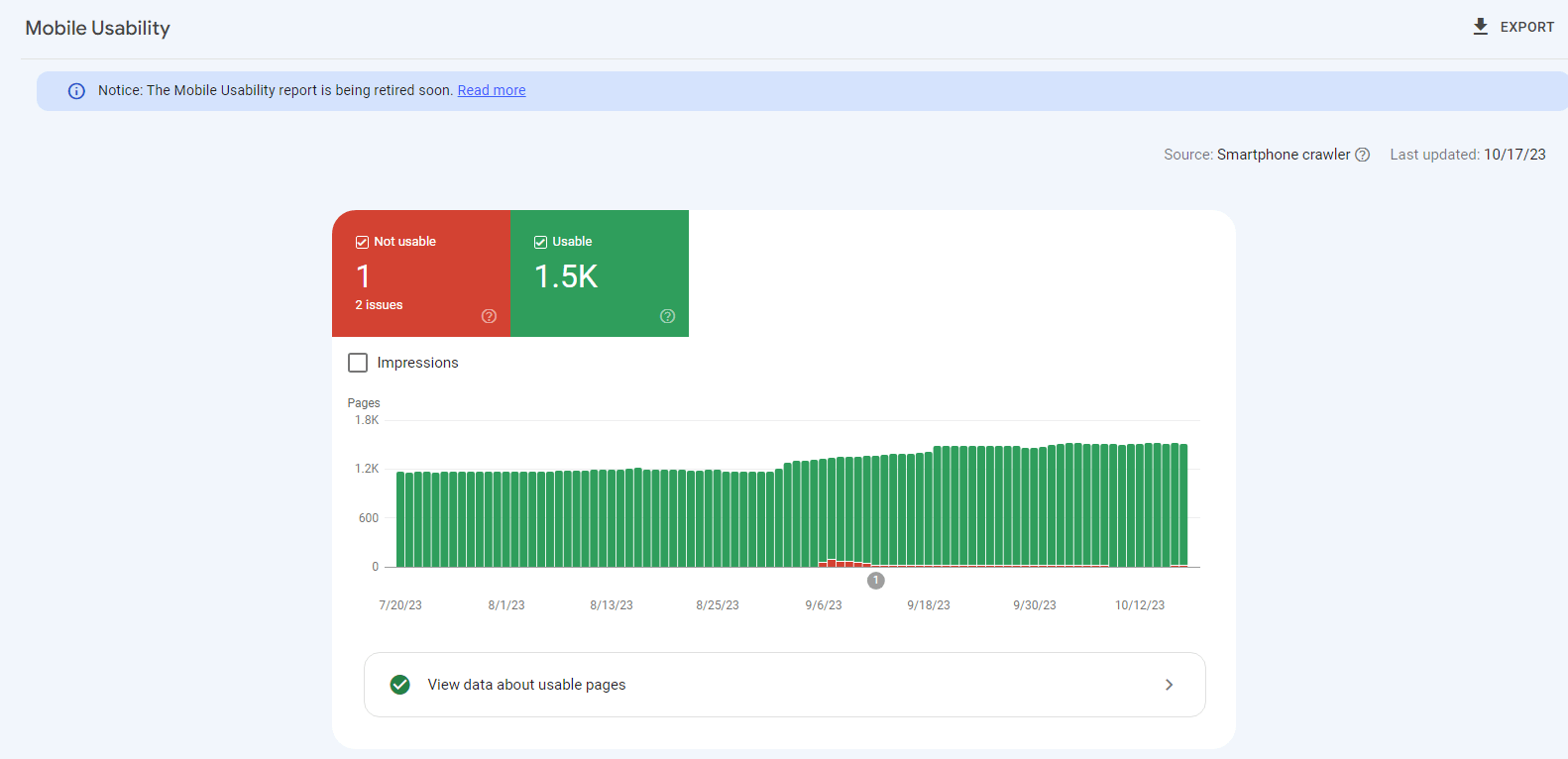
Boost your SEO strategy by sinking your teeth into Mobile-Friendliness Tests. This indispensable SEO tool lays bare how well your website performs on smartphones, offering granular insights you can act on. Say you run a boutique fitness center; a mobile-friendly interface allows your clients to effortlessly book classes while on-the-go. Likewise, if you operate an eCommerce platform selling organic skincare, a smooth mobile experience could be the clincher for consumers browsing your products from their devices.
Metrics to zone in on include:
- Viewport Configuration: Ensures your website scales to a variety of screen sizes. It’s the bedrock of a responsive design.
- Text Readability: Tiny fonts can turn off visitors in seconds. Opt for readability to keep your audience hooked.
- Element Spacing: Properly spaced buttons and links mitigate misclicks, ensuring a streamlined browsing experience.
- Load Time: A snappy page load time on mobile is just as crucial as on desktop; no one likes twiddling their thumbs.
- Media Optimization: From images to videos, ensure these elements load and display correctly on smaller screens.
Consider the case of an online travel agency. An optimized viewport configuration lets wanderlust-filled clients peruse vacation packages effortlessly, while quick load times make spontaneous bookings a breeze. In contrast, a digital magazine would benefit from focusing on element spacing and text readability, enabling readers to consume articles without any hitches or glitches.
So, toss aside outdated desktop-centric approaches. Mobile-Friendliness Tests provide an invaluable roadmap for fine-tuning your site to suit the fast-paced, swipe-happy habits of today’s internet users. Your objective is simple yet nuanced: create a streamlined, efficient, and engaging mobile experience that parallels, if not outperforms, its desktop counterpart.
Conversion Rate Optimization (CRO) Metrics to Track SEO Progress
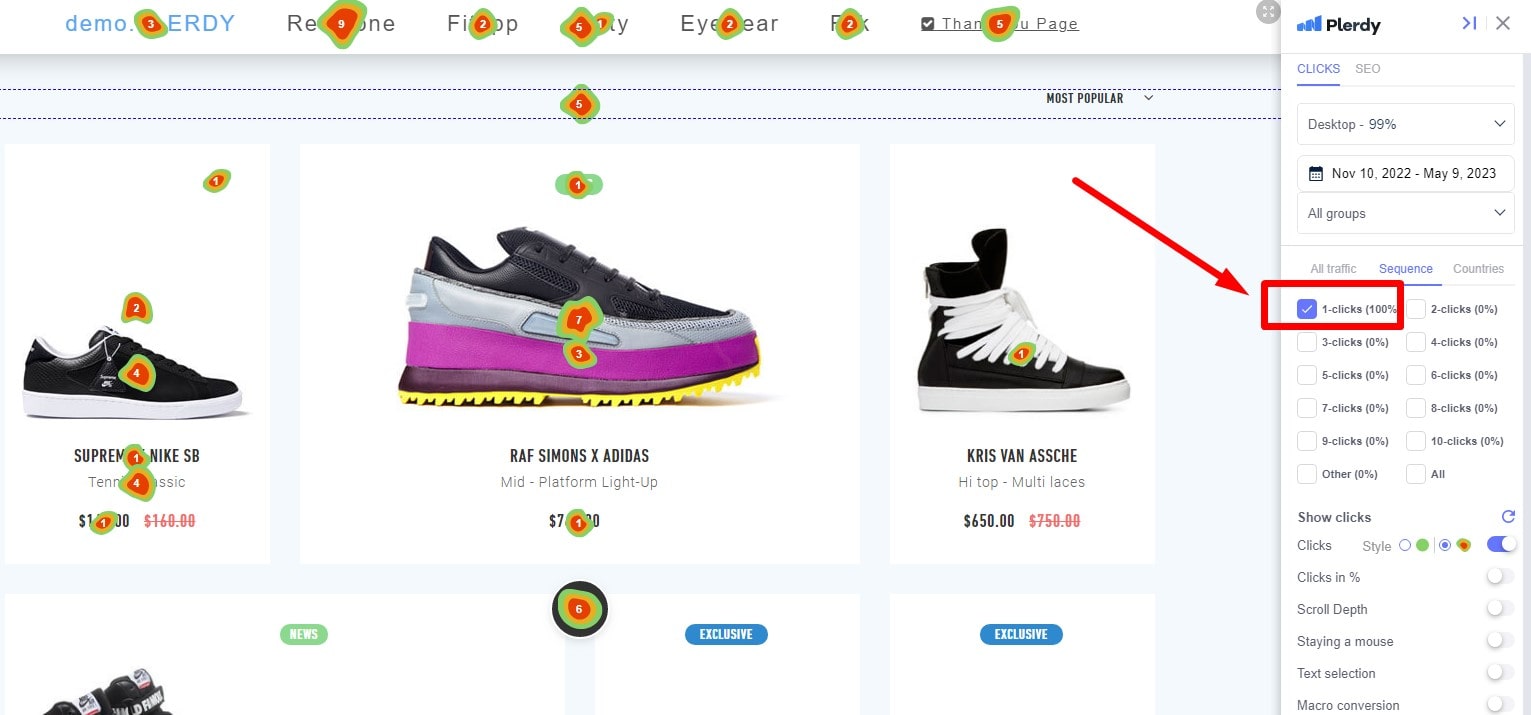
Dive deep into Conversion Rate Optimization (CRO) Metrics, the unheralded MVPs in your SEO playbook. These numbers spell out the efficacy of your site’s user experience, bringing clarity to what drives or hinders conversions. For example, an online pet supplies store can track user behavior to pinpoint why a highly visited page isn’t translating into sales, while a real estate platform might use these metrics to refine the user journey from property search to final transaction.
Metrics that deserve your attention:
- Bounce Rate: Indicates how many visitors exit without engaging. A high rate can signify irrelevant content or a complex UI.
- Time on Page: Understand how long users stay on a page. For a blog about vintage wines, a longer time can signify quality content.
- Page Views per Visit: Measure the average pages viewed during a single visit. Crucial for multi-product eCommerce sites.
- Exit Rate: Focus on specific pages that users abandon. Helps you zero in on problematic areas.
- Click-Through Rate (CTR): Pinpoints how often people click on a call-to-action. Ideal for measuring the success of promotional banners or email campaigns.
Let’s say you run an online learning platform. A high CTR on your course landing pages could signify compelling copy and effective call-to-action buttons. On the flip side, if your bounce rate is sky-high, it’s time to reassess your homepage’s layout and value proposition.
Break down your CRO metrics, pair them with A/B testing, and let data-driven decisions propel you beyond stale, static strategies. Whether you’re in the SaaS industry tweaking sign-up flows or a local bakery wanting to sell more pastries online, these metrics serve as your compass, guiding you to fine-tune each page for ultimate performance. Make CRO Metrics your go-to tool for tailoring a superior, conversion-friendly user experience.
Conclusion
In wrapping up this exhaustive guide on tracking your SEO metrics, the takeaway is crystal clear: consistent tracking is the backbone of an optimized online hub. Whether your enterprise wants to focus on organic traffic, keyword rankings, or backlink profiles, the following tools will empower your team:
- DashThis for creating simplified SEO reports
- SEOClearity for an enterprise-level analytical suite
- Hotjar for capturing user behavior data 📊
Specifically designed for diverse needs and projects, these platforms provide you the flexibility to get into the nitty-gritty of SEO tracking. From day-to-day tasks to month-long campaigns, they adapt seamlessly. But don’t just take our word for it; put these tools to the test for robust data collection and analysis.
For those interested in a comprehensive solution that spans both SEO and UX, check out Plerdy. Offering a unique blend of SEO diagnostics and UX analysis, Plerdy fills in the gaps other platforms may leave. Consider utilizing its free trial to explore how it can integrate with your existing setup seamlessly. 🛠️
Your SEO journey doesn’t stop when you set up a tracking system. It persists as you iterate, fine-tune, and grow. With the right tools and a persistent approach, there’s nothing stopping you from scaling those SERPs! 🚀
